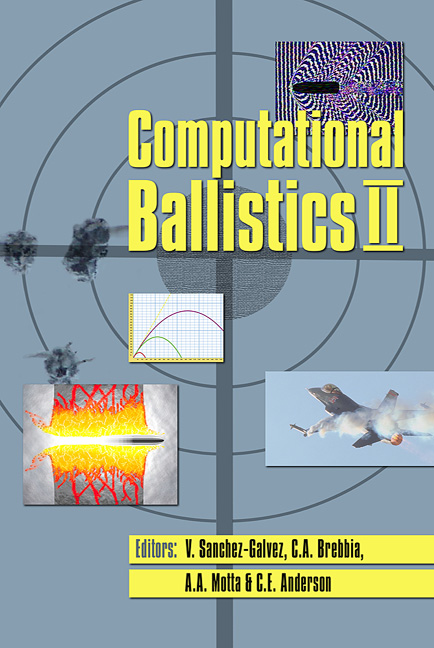Ballistics Studies Applied To Offshore Platforms
Price
Free (open access)
Transaction
Volume
40
Pages
10
Published
2005
Size
490 kb
Paper DOI
10.2495/CBAL050351
Copyright
WIT Press
Author(s)
A. A. Motta & N. F. F. Ebecken
Abstract
Ballistics is one of the most exciting and complex fields of Science, comprising a wide scope of subjects, ranging from the turbulent gas behavior inside a gun barrel when it fires to the impact and penetration of hyper-velocity projectiles, including structural response to impulsive loads, i.e., blast and underwater explosion shockwaves. Nowadays, safety is no longer an absolute concept. Terrorism has added a new meaning to peace and security and some measures, unnecessary in the past, are now almost requirements in some applications. Today, it is not unusual for peace and safety to result from a set of measures taken to prevent unwanted violent actions from happening, most of the time consuming very large budgets. These preventative measures are not only very expensive to implement, but also cause a variety of limitations and have no effect on the consequences of terrorist acts, which can be unpredictable. Traditional ballistics-related research can be conducted to find immediate use for so-called civilian applications, justified by the cost and/or irreversible environmental damage that incidents can cause. Ballistic studies can suggest design modifications or even introduce new concepts that may modify existing designs so that structures can have their probability to survive unexpected loads increased. A brief description of impulsive loads produced by underwater explosions and their effects on submerged steel structures is presented, in this work, followed by the presentation of a method developed to provide a first approximation of how these structures respond to such loads. 1 Introduction The terminal effects of underwater explosions (undex) on steel structures depend on many factors, like design, material properties, explosive charge mass and its
Keywords




